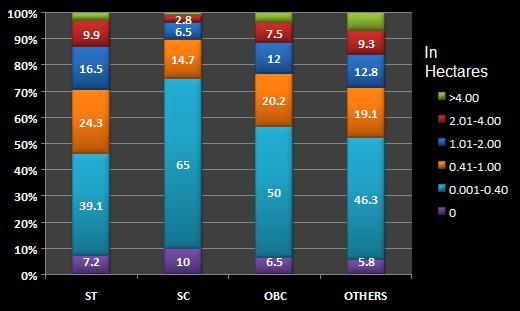
They are on average considered ahead of other castes economically and educationally. They account for about 30.8% of the population based on Schedule 10 of available data from the National Sample Survey Organisation 55th (1999–2000) and National Sample Survey Organisation 61st Rounds (2004–05) Round Survey.
Those groups that qualify for reservation benefits are listed as Scheduled Castes and Scheduled Tribes, Other backward class. They can avail defined quotas amongst other benefits for education, special government schemes, government employment and political representation. The lists of Scheduled Castes, and Scheduled Tribes and Other Backward class are compiled irrespective of religion.[2][3]
Economically Weaker Section among forward castes were later granted less than 10% reservation by government.[4]
Economic and educational status[edit]
As of 2007, forward castes had to compete only in the open category, as they are considered socially, educationally, and economically advanced. The open category seats can be competed and filled by any section of the society irrespective of the caste. Due to rigorous demand and the relative financial weakness of the people of the General category, the Government of India introduced 10% as EWS quota for them, which makes their total reservation to 10%. However, in certain states, such as Tamil Nadu, the reservation percentage is around 69%.[7]